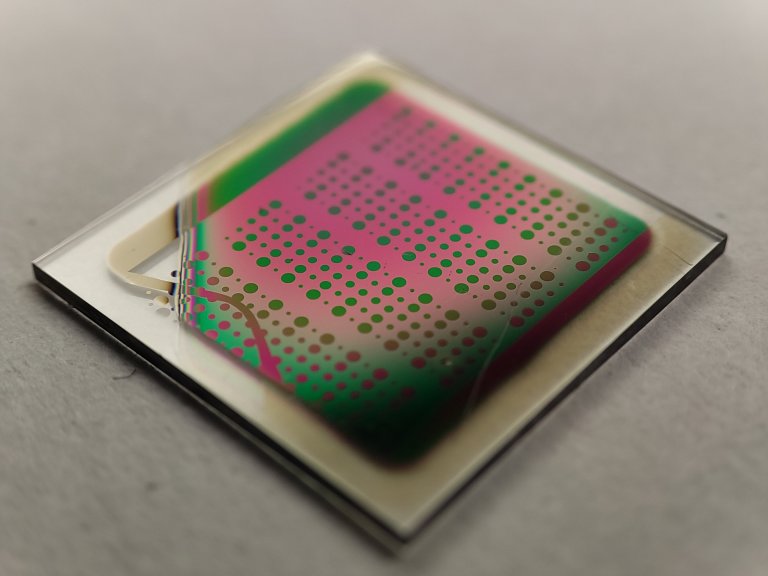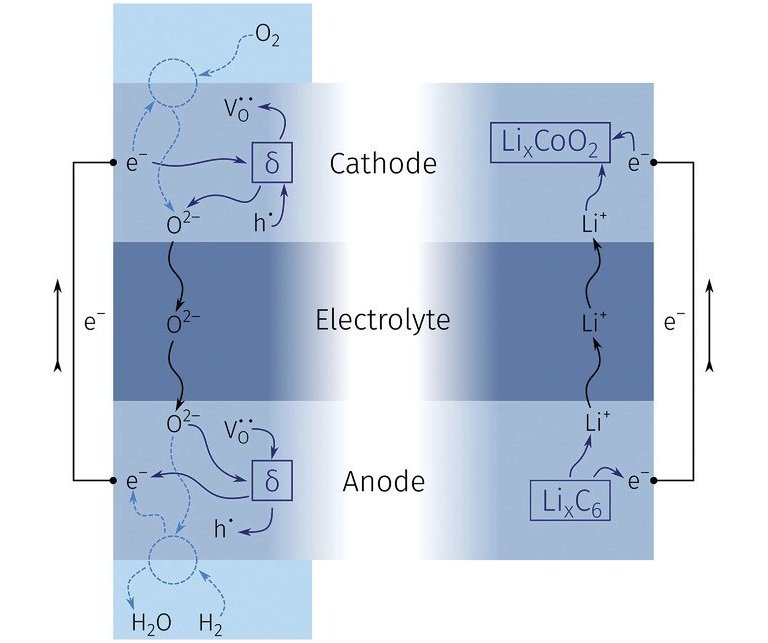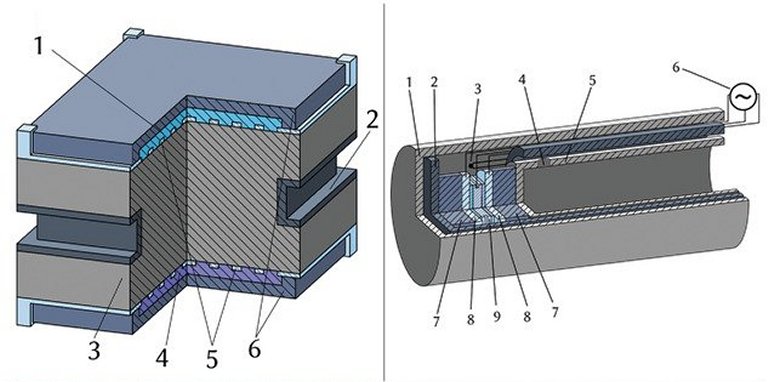Oxygen ion battery
3 min read
energy
Technology Innovation Website Editor – 03/27/2023

One of the prototypes of the oxygen ion battery.
[Imagem: TU Wien]
Oxygen ion battery
Just as lithium-ion batteries can be made – and they are everywhere – so can oxygen-ion batteries – and they could soon become a part of our reality.
It turns out that these innovative oxygen batteries can be made without the use of scarce and expensive chemicals, and they will be made using only non-combustible materials, which limits the risk of explosions and fires.
This concept has just been launched by a trio of researchers from the University of Technology Vienna in Austria.
“We have a lot of experience with ceramic materials, which have been used for fuel cells for some time,” said Professor Alexander Schmid. “This gave us the idea of checking if these materials are also suitable for making a battery.”
The ceramic materials studied by the team can both absorb and release oxygen ions with a double negative charge (Otwo-). When an electric voltage is applied, the oxygen ions move from one ceramic material to another, where they can be forced back up again, thus generating an electric current.
“The basic principle is really very similar to that of a lithium-ion battery,” added Professor Jurgen Flieg. “But our materials have some important advantages.”

The principle of operation of the battery, which “breathes” oxygen from the air to replenish itself.
[Imagem: Alexander Schmid et al. – 10.1002/aenm.202203789]
More durable battery
The oxygen ion battery concept has another great feature: its longevity.
“In many batteries, you have the problem that the charge carriers can’t move anymore,” Schmid explained. “The battery can no longer generate electricity, the battery capacity decreases. After several charging cycles, this can become a serious problem.”
On the other hand, an oxygen ion battery can be replenished without any problems: if oxygen is lost due to side reactions, the loss can simply be compensated with oxygen in the surrounding air.
As for the materials used in its construction, ceramic is not flammable, which practically excludes fire accidents that frequently occur with lithium-ion batteries. Moreover, in principle at least, there is no need for rare items that are expensive or limited in supply in a few regions of the planet.

This battery is suitable for local energy storage, not for portable devices.
[Imagem: Alexander Schmid et al. – 10.1002/aenm.202203789]
Large storage battery
However, this still isn’t the long-awaited revolution in batteries for mobile devices and electric cars, which, despite incremental improvements, have been largely stuck in the same technology for longer than anyone would like.
This is because the oxygen ion battery only reaches about a third of the energy density of a lithium ion battery and only works well at temperatures between 200 and 400 degrees Celsius, so this is a very exciting technology for storing energy from intermittent source sources, such as wind and solar, making It allows power to be fed 24 hours a day – today, flow batteries dominate this area.
“If you build a whole warehouse full of energy storage units, then the decrease in energy intensity and increase in operating temperature do not play a decisive role. But the power of our battery will be of particular importance here: its long service life, the possibility of mass production of this material without scarce elements and the fact that it is not There is a risk of fire with these batteries.”
Another detail is that the prototype the team built still uses lanthanum, an element that’s not exactly rare, but also uncommon and extremely toxic. But lanthanum needs to be replaced with something cheaper and less problematic, and the team is already working on that.
condition: Rechargeable oxide-ion batteries based on mixed-conducting oxide electrodes
Authors: Alexander Schmid, Martin Kramer, Jurgen Flieg
The Journal: Advanced Energy Materials
Volume: 13, Issue 11 2203789
DOI: 10.1002/aenm.202203789
Other news about:
More topics

“Entrepreneur. Music enthusiast. Lifelong communicator. General coffee aficionado. Internet scholar.”


:strip_icc()/s04.video.glbimg.com/x720/11792055.jpg)

:strip_icc()/s03.video.glbimg.com/x720/11786998.jpg)



